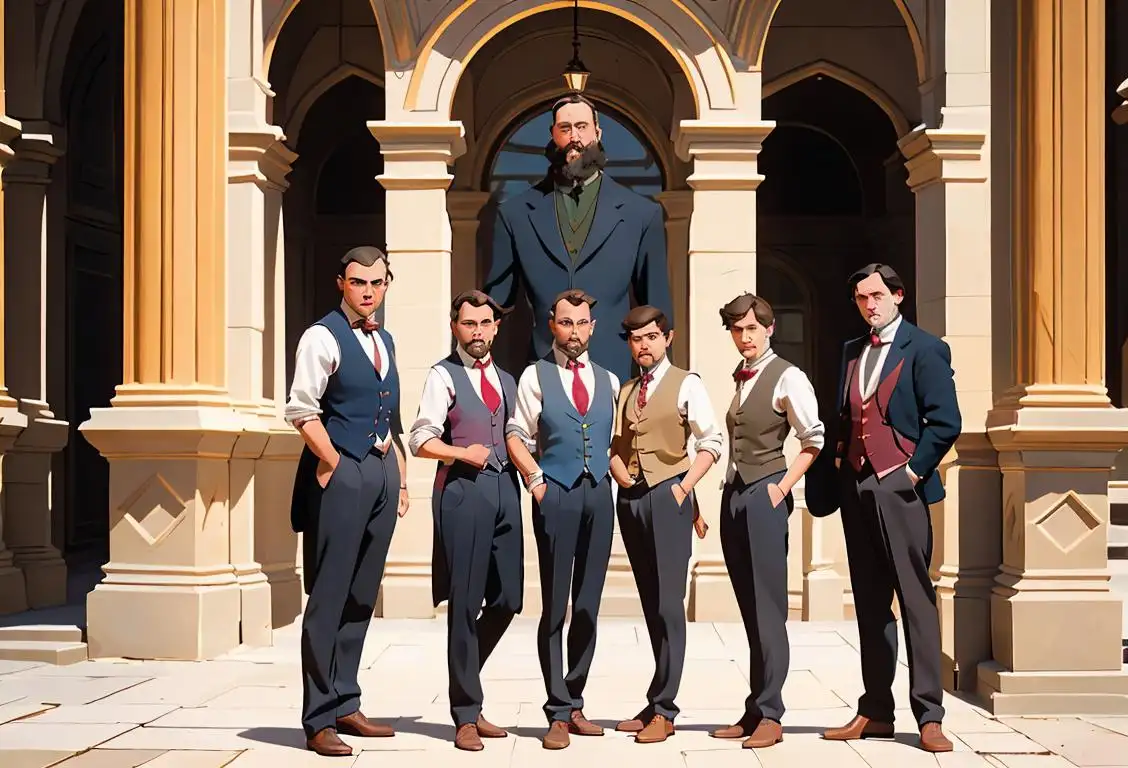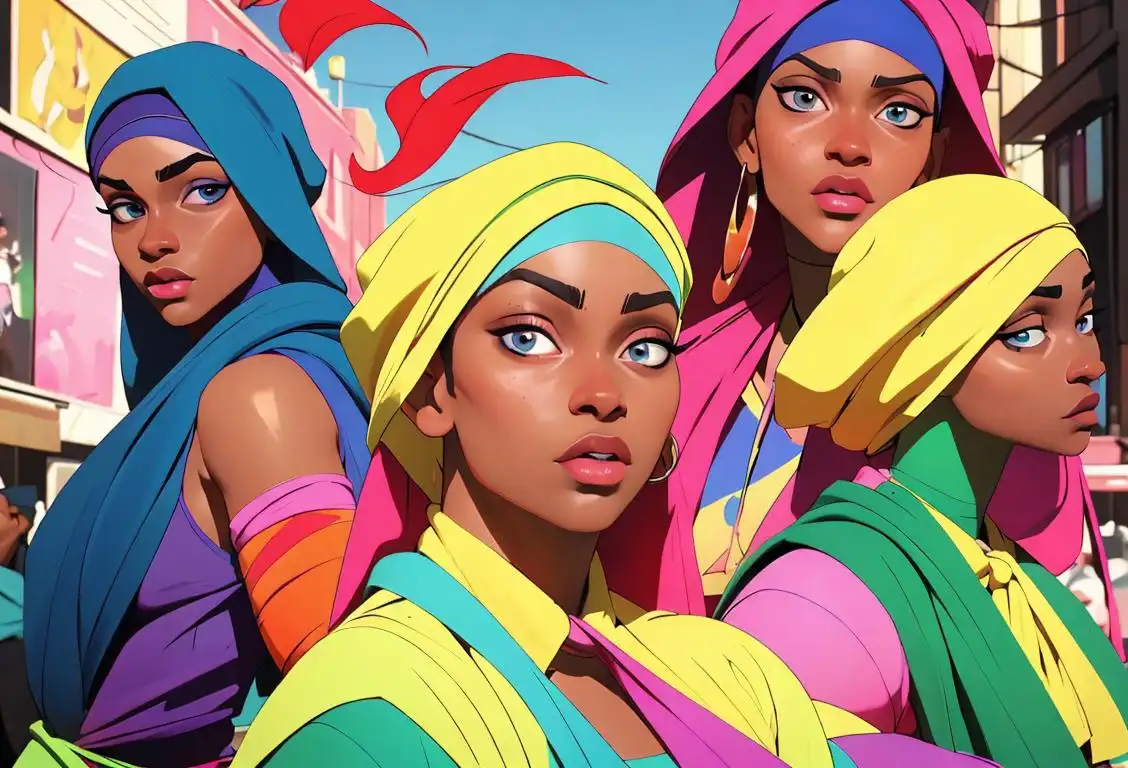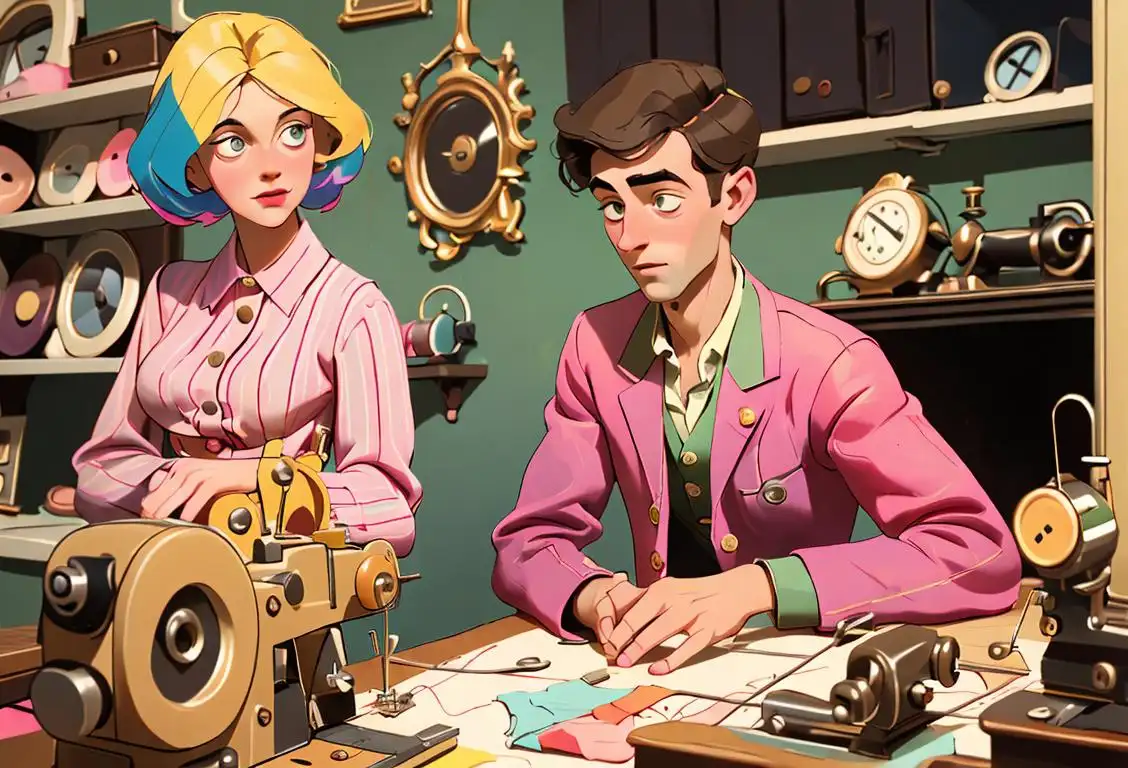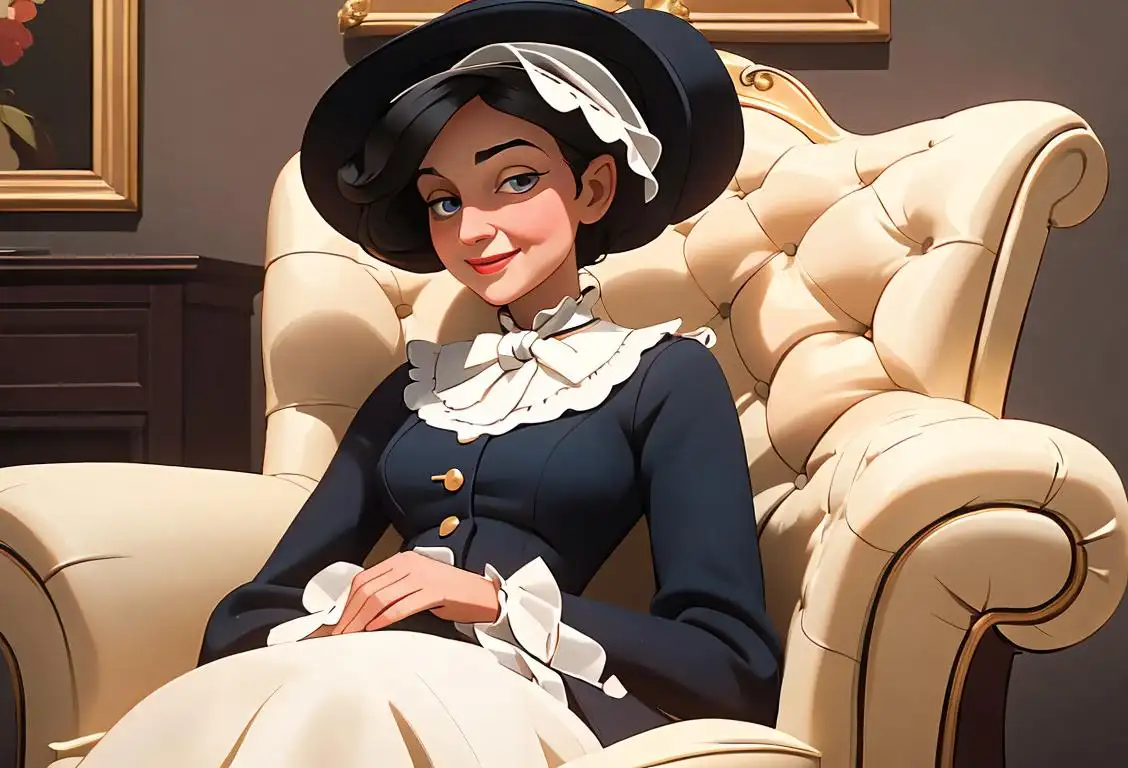National Lacey Day

Hey there lace lovers! It's time to celebrate National Lacey Day, a day dedicated to all things delicate and intricate. Whether you're a fan of lace clothing, lace decor, or just appreciate the craftsmanship behind this elegant fabric, this is the perfect day to show your lacy side. So grab your lacey accessories, put on your favorite lacy outfit, and let's dive into the history and beauty of lace!
When is Lacey Day?
It's national lacey day on the 7th July.
The Origins of Lace
Lace has been adorning clothing and accessories since ancient times, but it wasn't until the 16th century that lace became a highly sought-after fabric in Europe. Initially handmade by skilled artisans, lace quickly gained popularity among the elite as a symbol of wealth and luxury. As demand grew, lace-making techniques evolved, leading to the development of different types of lace including bobbin lace, needle lace, and cutwork lace.
With the rise of the Industrial Revolution in the 19th century, lace production shifted from being a purely artisanal craft to a mass-produced industry. Machines were eventually developed to imitate the delicate patterns of handmade lace, making it more accessible to people from all walks of life.
Modern Day Lace
Today, lace continues to be a beloved fabric that adds a touch of elegance and femininity to clothing and accessories. From wedding gowns to lingerie, lace is a timeless choice for those looking to make a stylish statement. Lace is also used in home decor, adding a delicate touch to curtains, tablecloths, and even wallpaper.
Celebrate National Lacey Day by embracing all things lace! Dig out that lace dress you've been saving for a special occasion, or treat yourself to a new lace accessory. Share your lacy creations on social media using the hashtag #NationalLaceyDay and join the lacy festivities!
History behind the term 'Lacey'
1555
The Birth of Bobbin Lace
In the year 1555, the art of lace making took a significant leap forward with the invention of bobbin lace. This type of lace was characterized by intricate patterns and designs created by weaving threads around wooden bobbins. Bobbin lace quickly gained popularity and became a staple in the fashion industry, adorning clothing, accessories, and even household items.
1660
Royal Patronage for Lace
By the year 1660, lace had become an essential status symbol, especially among the nobility. King Charles II of England contributed greatly to the popularity and demand for lace by adopting it as part of his royal attire. The king's patronage led to increased production and trade of lace, making it a luxurious and coveted fabric.
1750
The Rise of Lacey Accessories
In the mid-18th century, lace took on a new role as a fashionable accessory. Delicate lace ruffles, collars, and cuffs adorned the attire of both men and women, adding a touch of elegance and sophistication. Lacey accessories became particularly popular during the Rococo and Georgian eras, reflecting the decorative and ornate fashion trends of the time.
1809
Mechanization and Industrialization
The advent of the Industrial Revolution in the early 19th century revolutionized lace production. Machines were introduced to automate the weaving process, significantly increasing efficiency and output. The mechanization of lace production made lace more accessible to a broader audience, not just the elite. However, handmade lace remained highly valued for its craftsmanship and was often reserved for special occasions and high-end fashion.
20th Century
Lace in Modern Fashion
Throughout the 20th century, lace continued to be a staple fabric in the fashion industry. It underwent various transformations, adapting to changing styles and trends. Lace appeared in flapper dresses during the 1920s, elegant bridal gowns in the mid-century, and even punk-inspired styles in the 1980s. Its versatility and timeless appeal have made lace a constant presence in the world of fashion.
Did you know?
Did you know that the world's largest handmade lace tablecloth measures a whopping 18,278 square feet? It was created by a group of talented lace makers in Slovakia and is truly a sight to behold.Tagged
history fashion craftsmanshipFirst identified
7th July 2019Most mentioned on
7th July 2019Total mentions
4Other days
Pearl Remembrance Day
Leather Collection Is Open Day
Bandanna Day
Waistcoat Day
Kuffiyeh Day
Du Rag Day
Tweed Day
Button Day
Crown Day
Bonnet Day









